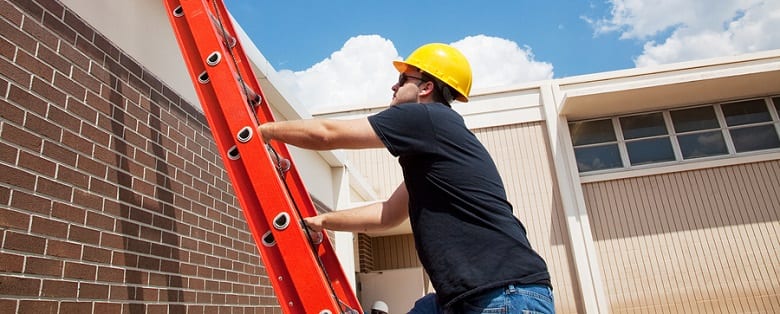
Commercial roofing problems are costly, especially when pinpointing the problem becomes a challenge. Repairs are equally as costly, which makes knowing exactly what the problem is an essential part of an efficient commercial roof repair. Thankfully, modern technology is making roof repair easier, at least in terms of locating specific problems by using non-destructive testing and advanced imaging technology. Using various techniques, today’s professional residential or commercial roofing company can "scan" a roof to determine exactly what is happening and where, in order to make the necessary repairs more easily and efficiently.
The Benefit of Imaging Technology and Non-Destructive Testing
Roofing is expensive, yet necessary expense for every building. A building owner generally has two basic choices when faced with a leak or other roofing problems: replace or repair. Unfortunately, both of these options can be wasteful. Repairs on a large commercial roof are not always easy to make, and existing problems may require repeated repairs since the problem may not be resolved on the first try. Yet replacing the whole roof to avoid the need for repeated repairs if the trouble cannot be easily located is also inefficient. Until recently, these were the only two options a building owner had. With newer, non-invasive imaging technology, options for more efficient and less costly roof repairs have greatly expanded!
Role of Moisture Tests in Commercial Roof Repair
The best way to determine where a roof leak is coming from on a commercial building is by testing for moisture in the insulation, or where it may be entering the roof. This is a much more difficult task than it may sound, especially considering the size of some buildings, and the access required to inspect insulation. By using the following advanced imaging and electronic technology, roofers are now able to monitor moisture levels in the insulation or find water entry points without disrupting the roof or ceiling:
- Nuclear Scanning - This scanning method detects hydrogen ions that are present within a roofing system. It is done using a nuclear gauge on the roof’s surface that can sense the presence of hydrogen through and below the roof. Since water has a high concentration of hydrogen, damp insulation that has soaked up leaking water can be easily detected.
- Infrared Scanning - Infrared thermography scanning detects heat in various materials, making it another reliable way to find leaks. Wet insulation absorbs much more heat than dry insulation does, so it is possible to pinpoint where a roof has been leaking by the temperature of its insulation.
- Electronic Field Vector Mapping (EFVM) - EFVM is a means of finding leaks on large commercial roofs using electrical conductivity. Using water as a conductive medium, low-voltage current is applied to the roof's surface in a sectioned off area and conductivity is measured. As water leaks through unsealed areas, measurements change for that specific area, helping technicians pinpoint where the water is entering. This technique is especially useful on membrane roofs, vegetative roofs, and other roofs where access to the top of the building is limited.
These newer, non-invasive methods for scanning to find roof leaks are now proven, useful techniques for commercial roof repair. By quickly and easily locating leaks without assuming the entire roof is bad, a skilled residential or commercial roofing company can repair damaged areas efficiently while saving the remainder of the roof. Where a leak is suspected, or if a building owner wants to have their roof checked routinely, these non-destructive methods of scanning a large roof make the most sense, providing the most accurate results. The benefits that advanced imagery and electronic techniques provide to commercial roofing customers can be tremendous, and can help save them a great deal of money as well!
Need Commercial Roof Repair In Bryan Texas?
Done Right Roofers - The Best Roofing Company!
Call Us At 979-464-6655!
Additional Articles:
Which Kind of Flat Roof Is Best?
Basic Information About Roofing System Types!
Roofing Style – What Do You Need To Know?
